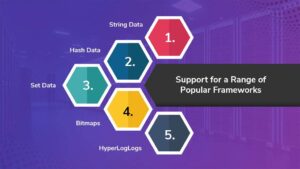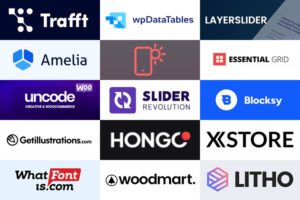Learning new skills on the job can be challenging for web designers, especially when client projects don’t allow for experimentation. However, side projects can provide the perfect environment for trying new things with little risk and plenty of creative freedom. One of the best platforms for side projects is WordPress, as it is highly customizable and well-documented. Here are five ideas for WordPress side projects that can help web designers level up their skills:
1. Build a WordPress Block Theme: Block themes are a unique and less PHP-dependent alternative to classic themes. While they haven’t been widely adopted yet, the WordPress Site Editor is constantly improving, making it only a matter of time before block themes become more popular. Building a basic block theme will allow web designers to understand their inner workings and explore advanced features like theme.json and global style variations.
2. Create a WordPress Plugin: Developing a WordPress plugin doesn’t have to be complex. Web designers can start with a small custom plugin that serves niche functionality for a specific website. This can be done by leveraging existing knowledge of adding code snippets to a theme’s functions.php file. Plugin development is a great way to sharpen PHP skills and provides a better approach than using theme-specific code.
3. Optimize a Website for Peak Performance: Building a fast website can be challenging, especially with WordPress and its various themes, plugins, and third-party resources. Web designers can set up a copy of WordPress on a server and experiment with different configurations, themes, and plugins to understand their impact on site performance. This is also an opportunity to learn about caching and use tools like Google Page Speed or Query Monitor to gauge performance.
4. Build a Custom Block: The Block Editor in WordPress is constantly evolving, and building custom blocks can bring unique features and functionality to projects. Developers can use React or plugins like Advanced Custom Fields Pro and Genesis Custom Blocks to create custom blocks via PHP. Custom blocks offer portability and can be packaged into a plugin for use on multiple projects.
5. Integrate Third-Party Apps and Services: While WordPress and its plugin ecosystem are powerful, there are times when web designers need to integrate with third-party tools for marketing or eCommerce purposes. This could involve building a headless website using Gatsby or integrating automation into the workflow. There are many free options available for integration, and web designers can choose relevant tools to work with.
By undertaking these side projects, web designers can improve their WordPress skills and gain a better understanding of the platform’s capabilities. Side projects also provide an opportunity to contribute to the WordPress community and experiment without the pressures of client work. The skills learned from these projects will be valuable for future endeavors.




